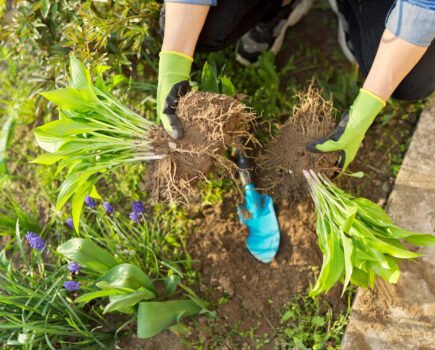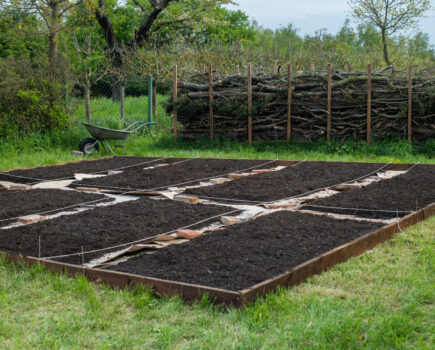Don’t stop gardening just because the weather is getting colder, says Chris Collins. Fill your pots with fine food and foliage
The flashy colours of summer flowers and vegetables are well and truly fading now – as the compost bin beckons and they return to the soil. But now is NOT the time to turn your back on your small garden space.
It’s easy to think of the darker months as a transitional period that should be waited out until the spring days arrive again. But while the alfresco food and long evenings might be over, there’s still plenty that plants can offer up.
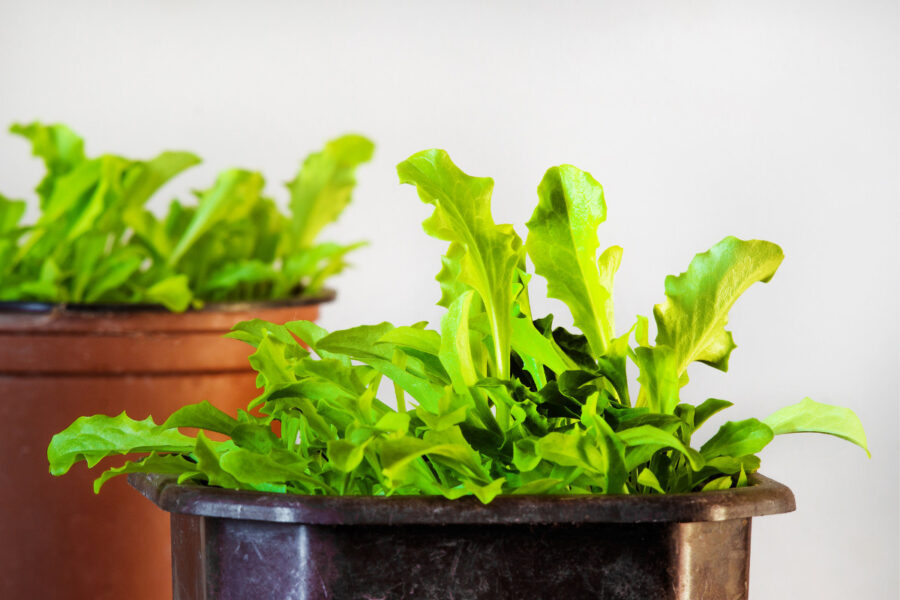
What can be grown now
Planting up a few pots to keep you engaged with the outdoors is a must for the small space gardener. If you begin to miss the fresh taste of organic homegrown food, then consider all kinds of salads, which you can harvest as baby leaves at this time of year. I love chard and spinach, and the Heritage Seed Library’s colourful heirloom seed mixes. Lettuce ‘Bronze Arrow’ has a lovely orange tinge to the leaves. Sow in a container in a mild south/southeast facing spot, if possible, or grow indoors on a windowsill.
Also think about perennial veg such as kale (‘Daubenton’ or ‘Ewiger Kohl’), sorrel, or walking onions. At the end of the season, these onions produce little bulbils that produce more onions when they fall to the ground. Perennials can be great for small gardens and limited budgets, as they provide crops that come back each year, so you don’t have to keep buying new seed.
Bronze-tipped ferns and foliage plants, such as heuchera, can brighten up a dark corner in autumn no end. While scented evergreens such as sarcococa and daphne are lovely underplanted with cheerful violas. Wallflowers, forget-me-not, bellis and primula can also all be planted out now for later winter, early spring displays, which will tempt you to step outside the backdoor on a crisp winter’s day.
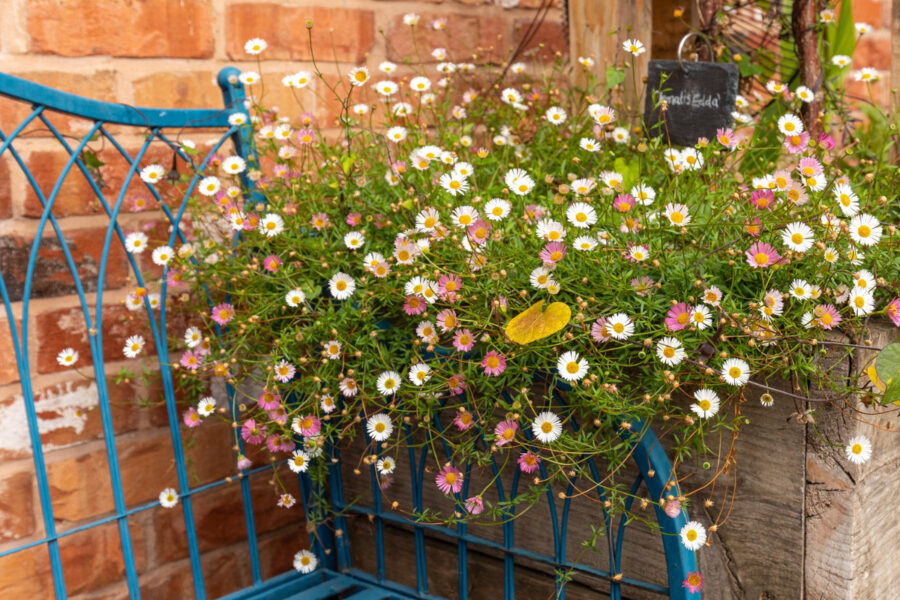
Small Space Q&A
Q. Can I take cuttings from dogwood?
A. You can take hardwood cuttings in winter after all the leaves have fallen. Cut 20cm (7.8 inch) straight stems with several shoots, making the top cut angled above a node (a dormant bud) and a flat cut at the other end this time below a node. Cut away some surface wood at the base and expose the vascular bundle, this helps root production. Sink into a pot of fast-draining peat-free compost. Pop in the coldest part of your garden and transplant in spring.
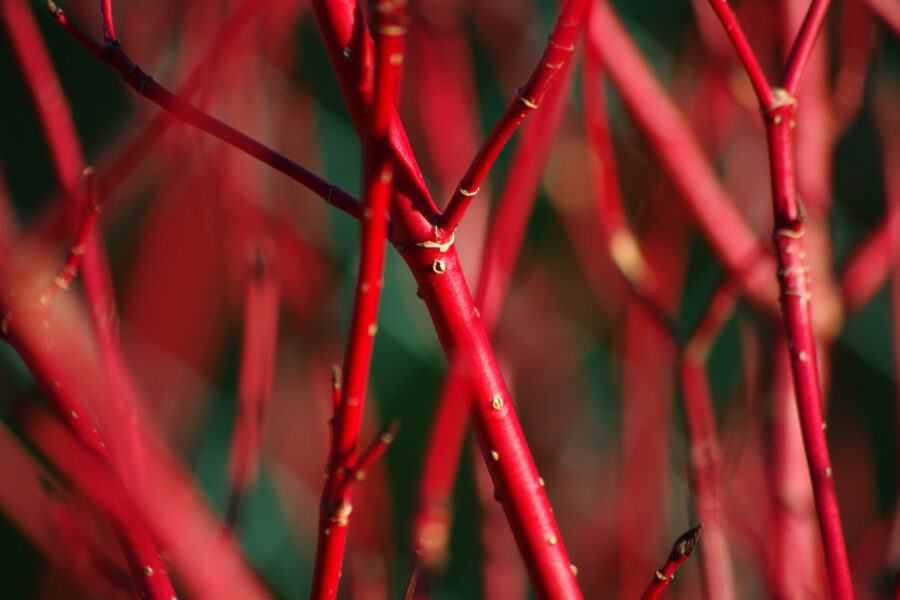
Q. What can be grown in pots to protect a windswept balcony?
A. A climber on the windward side of a balcony will help filter wind and protect your more vulnerable plants. Try a winter or summer jasmine, or a honeysuckle in a 20 to 30 litre pot, and weave the stems through your balcony railings. Tie on to any support with soft twine in a figure of eight knot to avoid rubbing of the stems. Top out apical buds (the tip of a stem or branch) to encourage new side shoots.
Q. What can I grow in a window box in autumn?
A. Sempervivums, or houseleeks, will survive the winter in shallow containers provided the compost is kept quite dry. Their rosettes of leaves are very pretty, and some will flower next summer, providing nectar for bees. Add a layer of grit to the surface of the compost to keep the leaves dry.
Find more tips, advice and articles like this at the Amateur Gardening website. Subscribe to Amateur Gardening magazine now


